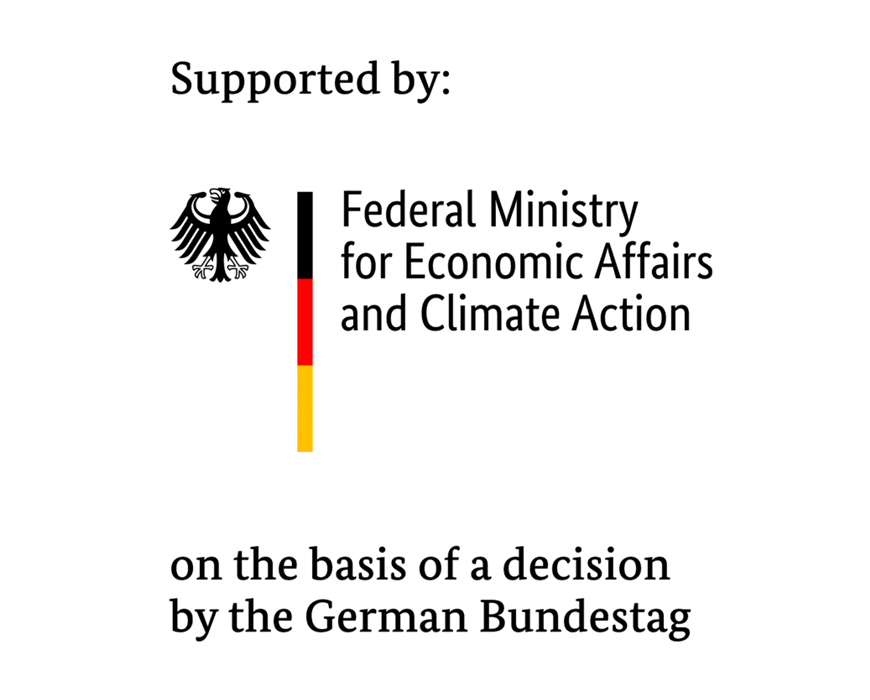| Funding: | Federal Ministry for Economic Affairs and Climate Action (BMWK) |
| Partners: | Fraunhofer Institute for Structural Durability and System Reliability LBF, Freiberg University of Mining and Technology Institute of Materials Engineering and Institute of Mechanics and Fluid Dynamics |
| Associated partners: | Nordex Energy GmbH (project coordinator), Walzengiesserei Coswig GmbH |
| Duration: | 12/2018 - 02/2022 |
- One of the setting screws to reduce the costs associated with the energy revolution is the material-saving design of large components in wind turbines.
- The current standards for the design of components fail to take modern procedures such as chill casting for the production of hollow shafts into account, meaning the advantages of this casting technique are not adequately reflected.
- The aim of the Gusswelle project is therefore to determine confirmed component properties for casted shafts produced using the chill casting process.
- The Fraunhofer IWES is amonst other things responsible for determining component behavior based on the performance of a life test on a wind turbine main shaft.
The energy revolution and thus wind energy face considerable cost pressures. Green electricity should be produced as cost effectively as possible. There are various approaches for achieving this goal. One of these is the design and manufacture of wind turbines and their components.
The machine carrier, rotor hub, and rotor shaft of a wind turbine are subject to high loads. High requirements are made in particular with respect to fatigue resistance and rupture safety; at the same, the design should be kept as streamlined as possible in order to save materials and, correspondingly, costs. Driven by the demands for greater performance, an improvement in the power/weight ratio (kW/t) and the realization of a lightweight construction, modern cast iron components are becoming increasingly complex. This is also true for the shaft bearing systems in wind turbines which have to absorb the enormous loads caused by the rotor when generating energy.
Today, forged shafts are still mostly used for this task, but in terms of a freely definable component geometry, they are inferior to more modern ductile cast materials. Based on current design practice, the benefits of the mechanical properties of a forged shaft outweigh those of a hollow version made of ductile cast iron. Moreover, shafts made from ductile cast iron have a larger shaft diameter due to strength-related reasons.
One fundamental reason for this is that the standards for cast material parameters which are currently applied date back to the 1970s and do not take modern casting procedures into account, for example chill casting, which is used specifically for producing hollow rotor shafts. The aim of the Gusswelle research project is to determine confirmed component properties for cast shafts made using the chill casting process, identify unused reserves, and qualify a high-strength cast material for use in order to reduce the weight of the hollow shaft itself as well as that of the corresponding attachment parts considerably.
Together with the Fraunhofer LBF, the Fraunhofer IWES is, among other things, responsible for determining cyclical material behavior and a concept for dimensioning thick-walled chill cast components and, in particular, the hollow rotor shaft of wind turbines. Furthermore, suggestions for ensuring the quality of hollow rotor shafts should be developed, a life endurance test for a turbine main shaft made of EN-GJS-400 performed, and the convertibility of fracture-mechanical strength and component strength analysis into certification guidelines examined.
